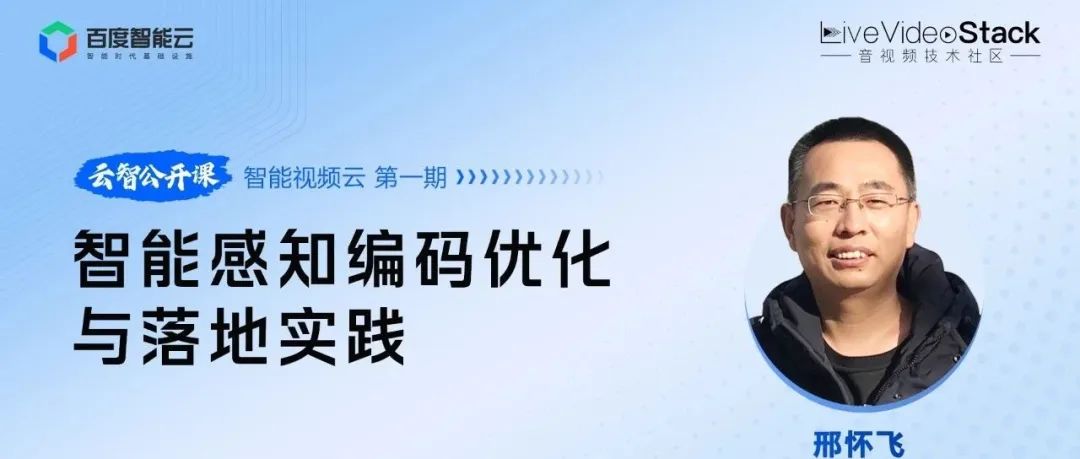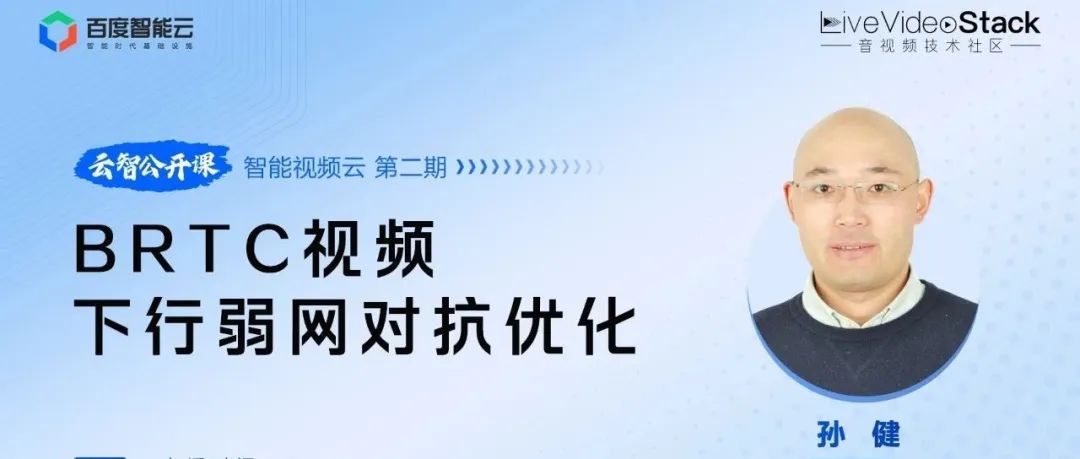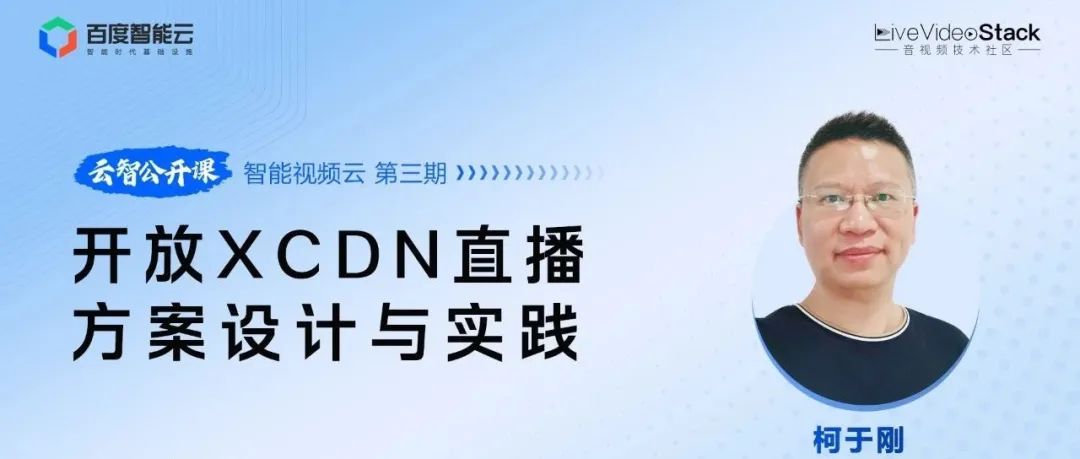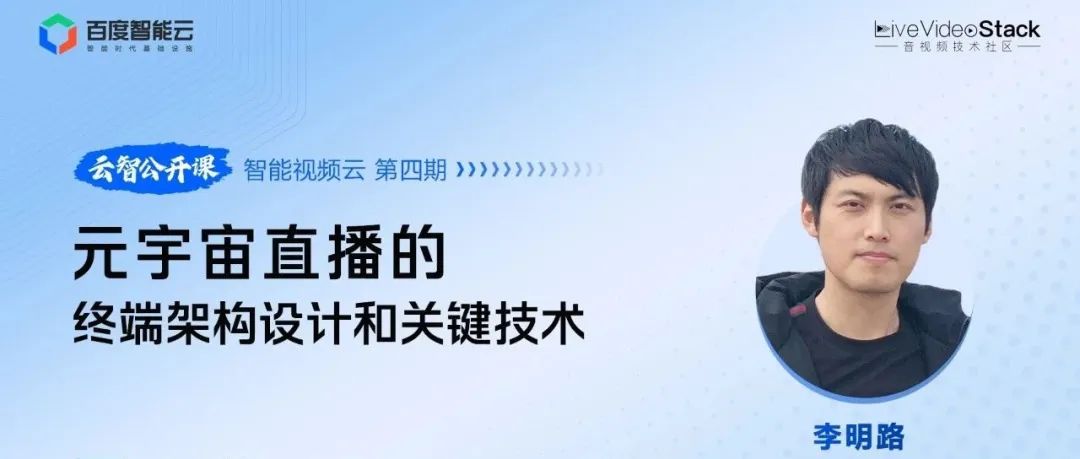Abstract: Multimedia technology ecology has entered the stock market, and customers need both to become the norm. How to continuously optimize capability, quality, stability, and cost is a compulsory course for every multimedia technology platform. This article takes Baidu Intelligent Video Cloud as an example, and provides an overview of its key capabilities such as RTC, edge computing, and video encoding, as well as its experience in user experience and cost optimization.
When the monthly financial statement is in front of the executive, no one can ignore the item of infrastructure cost, even the most important item. Entering 2023, many enterprises will adjust their work focus from focusing on business growth to profit margins and human efficiency. Projects that cannot be commercialized for a long time or cannot achieve a balance between revenue and expenditure will be optimized, and the benefits brought by technology investment will also be more rational, with a view to Safely "overwinter" to meet the next economic cycle or technological explosion.
In the streaming media platform, there is a considerable infrastructure cost, from bandwidth, storage, computing instances to GPU clusters.
On the premise of ensuring the stable operation of the business and ensuring that the user's subjective experience is not reduced, how to minimize it has become the most urgent task for each platform at present.
Next, let's quickly review the practical experience accumulated by Baidu Intelligent Video Cloud, involving video coding, RTC, edge computing, and metaverse.
Issue 1: "Optimization and Application of Perceptual Coding Technology"
At the capability level, intelligent perception coding greatly reduces the bit rate and improves picture quality

With the advent of the video era, users have higher and higher requirements for video content quality and experience, which brings challenges in video coding complexity, bit rate, and CDN cost investment. Perceptual coding technology is further optimized for video content coding based on the subjective visual perception of the human eye, which can more effectively reduce the bit rate and bandwidth costs, and subjectively improve the quality of video content and user experience. One of the means. In the first issue, Xing Huaifei, the video technology architect of Baidu Smart Cloud and the person in charge of video processing and codec algorithm technology, will tell you about the background, core technology and technology selection of perceptual coding technology, and introduce in detail Baidu Smart Cloud's intelligent perception coding optimization. Exploration and application of landing practice.
The second issue: "BRTC video downlink weak network countermeasure optimization"
At the network layer, focus on the weak network environment to reduce the stuttering and delay of audio and video communication

With the maturity of 5G and cloud computing infrastructure, RTC real-time audio and video technology has developed rapidly and has penetrated into all aspects of daily life, such as video conferencing, interactive live broadcast, online education, 5G cloud driving, digital human, intelligent customer service, metaverse etc. With the implementation of more business scenarios, users have higher and higher requirements for experience, such as lower latency, higher image quality, and higher fluency. However, in a complex and changeable network environment, it is often difficult to balance the three. In the case of a weak network, scenes with high real-time requirements will generally sacrifice clarity to ensure low latency, while scenes with high definition requirements will increase the delay at the playback end in exchange for high-quality audio and video data. In the second issue, Sun Jian, head of Baidu Smart Cloud Video Cloud RTC technology, will focus on explaining how to optimize the weak network resistance while maintaining the same clarity and fluency, and introduce in detail how Baidu Smart Cloud BRTC works in a weak network environment business practice.
Issue 3: "Design and Optimization of Open XCDN Live Streaming Solution"
At the resource layer, a large number of low-cost underlying resources are built through cloud-side collaboration

With the widespread application of AR/VR and ultra-high-definition technologies in live broadcasting scenarios, the existing CDN (Content Delivery Network) is facing new requirements, and the CDN architecture is evolving towards distributed and edge sinking. However, edge resources at all levels are scattered, fragmented, unstable, and access is complex. How to efficiently utilize these resources is still a problem. In the third issue, Ke Yugang, the technical architect of Baidu Smart Cloud Video Cloud, will introduce a live broadcast solution based on the HTTP/3 protocol, and analyze in detail how to use a unified protocol to coordinate the use of resources at all levels of cloud, edge, and terminal, and adopt an open The architecture enables multi-vendor service interoperability, and how to efficiently use complex edge resources to achieve fast loading and stable video playback.
The fourth issue of "Terminal Architecture Design and Key Technologies of Metaverse Live Streaming"
At the terminal layer, create a more immersive and realistic interactive experience for consumers

Interactive entertainment live broadcast products have experienced the development of show live broadcast and interactive live broadcast, and the product form has gradually peaked. Exploring new interactive methods has become a new vane for mainstream live broadcast platforms. Starting in 2021, "Metaverse" will gradually enter the live broadcast field with its unique new features. The brand-new fusion method of metaverse + live broadcast has become a new breakthrough point for interactive entertainment live broadcast. In the fourth issue, Li Minglu, a senior research and development engineer of Baidu Smart Cloud Video Cloud, introduced the Metaverse live broadcast technology system, and shared Baidu Smart Cloud's practice plan in Metaverse live broadcast around the evolution of terminal engine technology.
—Activity review—

—About Baidu Smart Video Cloud—
Baidu Smart Video Cloud provides customers with end-to-end full-scenario services: the capability layer includes full-node services such as production, processing, understanding, distribution, playback, live broadcast, real-time audio and video, etc., to meet the capability requirements of different nodes of the video business; The platform layer provides an Internet-of-Vision perception platform and an intelligent creation and distribution platform, and provides multi-scenario solutions such as radio and television media, pan-Internet, transportation, energy, and retail in combination with rich partner resources.
The video distribution infrastructure CDN of Baidu Intelligent Video Cloud 3.0 has flexible resource expansion capabilities. There are 2800+ acceleration nodes all over the country and 100T bandwidth reserve, which greatly shortens the delay for users to view content, and improves the response speed of users visiting websites and website availability. It has the advantages of precise scheduling, high-performance caching, self-service management, security protection, real-time monitoring, efficient back-to-source, link optimization, and programmability.
 ▲Scan the QR code in the picture or click " Read the original text " ▲
▲Scan the QR code in the picture or click " Read the original text " ▲
Check out more exciting topics of LiveVideoStackCon 2023 Shanghai Station